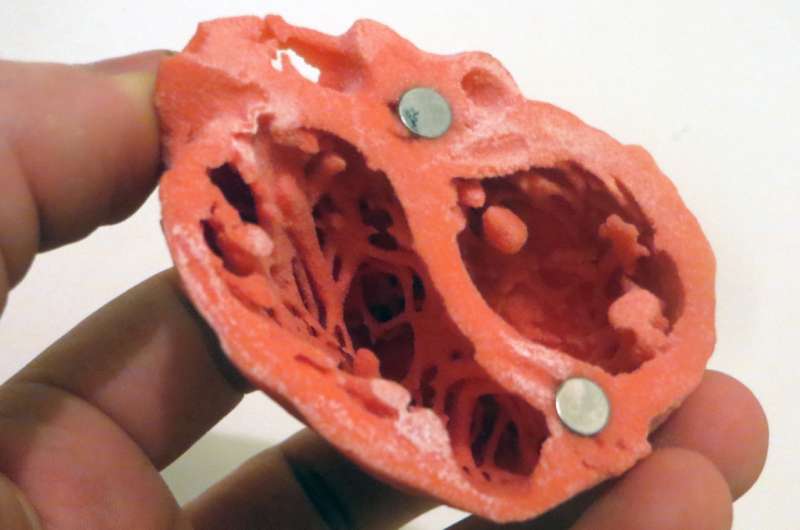More green spaces can help boost air quality, reduce heart disease deaths

Green spaces—trees, shrubs and grasses—can improve air quality and may lower heart disease deaths, according to preliminary research to be presented at the American Heart Association's Scientific Sessions 2020.
"We found that both increased greenness and increased air quality were associated with fewer deaths from heart disease," said William Aitken, M.D., a cardiology fellow with the University of Miami Miller School of Medicine and UM/Jackson Memorial Hospital in Miami, Florida.
Greenness is a measure of vegetative presence (trees, shrubs, grass) often assessed by NASA imaging of the Earth and other methods. Here, researchers used the Normalized Difference Vegetative Index (NDVI), which measures wavelengths of visible and near-infrared sunlight reflected from the Earth's surface via NASA satellite imagery. A higher index corresponds to more healthy vegetation, as chlorophyll typically absorbs visible light and reflects near-infrared light.
In this cross-sectional study conducted using national air quality, greenness, CVD and census data from 2014-2015, researchers measured greenness by county across the United States and compared it to national disease death rates from the Centers for Disease Control and Prevention's Interactive Atlas of Heart Disease. They also overlaid data from the Environmental Protection Agency's air quality measurements of particulate matter for each county and the Census Bureau's information on age, race, education and income by county.
The analysis found:
- For every 0.10 unit increase in greenness, deaths from heart diseases decreased by 13 deaths per 100,000 adults. Greenness (NDVI) values ranged from 0.00—0.80.
- For every 1 microgram increase in particulate matter per cubic meter of air, death from heart disease increased by roughly 39 deaths per 100,000 adults.
"We found that areas with better air quality have higher greenness, and that having higher greenness measures, in turn, is related to having a lower rate of deaths from heart disease," said Aitken, who collaborated on the research with University of Miami public health scientists.
"Given the potential cardiovascular benefits of higher greenness measures, it's important that dialogue about improved health and quality of life include environmental policies that support increasing greenness. Policymakers should support greenness through efforts that promote environmental justice through equitable access to green spaces, clean air and clean water, as well as minimizing exposure to environmental hazards," he added.
The researchers hope their results encourage clinical trials using built environment interventions (e.g., tree planting to increase vegetative presence and greenness) to improve cardiovascular health. "We will be performing a longitudinal study in Miami to assess if changes in neighborhood greenness over time are associated with changes in cardiovascular disease," Aitken said.
The main limitations of this study include that it was cross-sectional and used a total of combined cardiovascular disease death rates.
More information: Session: Environmental Influences and Temporal Trends of Cardiovascular Diseases: www.abstractsonline.com/pp8/?_ … 4/presentation/37910

















